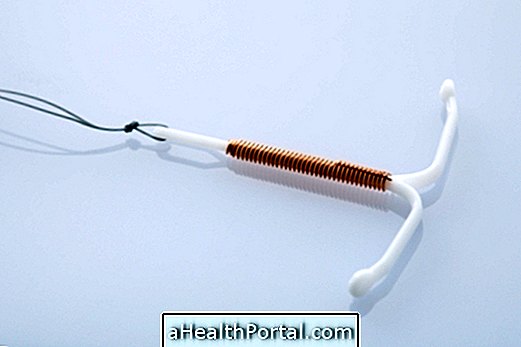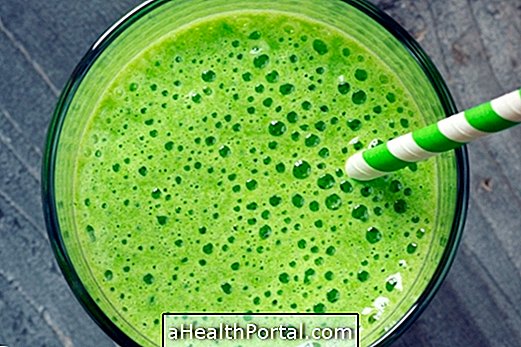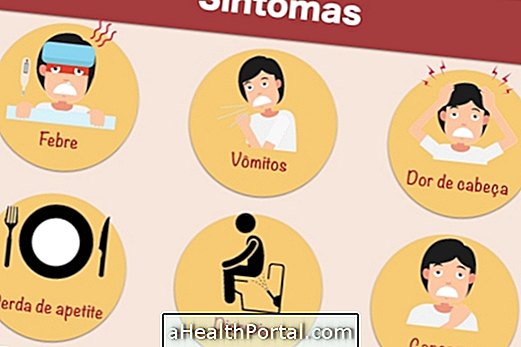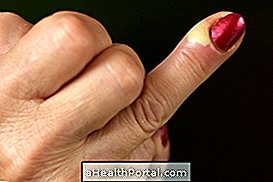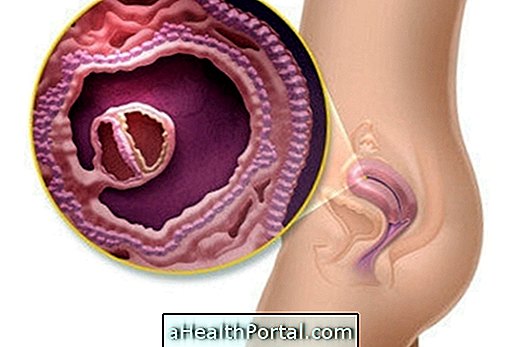Menstruation is blood loss through the vagina over a period of 3 to 8 days. The first menstruation occurs at puberty, from the age of 10, 11 or 12 years, and from there, it should appear every month until the menopause, around 50 years of age.
In pregnancy, menstruation does not occur, however the woman may have a small bleeding for 1 or 2 days, especially at the beginning of pregnancy, pink or brown, type coffee grounds. Learn more at: Menstruation in Pregnancy.
See which days your menstruation should come back by entering your data:

1. The 1st menstruation comes at age 12.
Myth. The onset of first menstruation, also known as menarche, varies from girl to girl due to the hormonal changes of each body, however, although the average age is around 12 years old, there are girls who begin to menstruate earlier and earlier, at 9, 10 or 11 years, there are also girls who begin to menstruate later, at 13, 14 or 15 years.
So if menstruation occurs before or after that age, it does not mean that there is any health problem, especially if there is no symptom, but in case of doubt the gynecologist can be consulted.
2. The girl stops growing after the 1st menstruation.
Myth. The growth of the girls usually lasts until about the 16 years and, therefore, continues even after the 1st menstruation. However, the period of greatest growth occurs before the age of 13, which is the same period of menarche. So although it may seem that some girls stop growing after the first menstruation, what happens is that the speed of growth only decreases.
3. Menstruation lasts 7 days.
Myth. The duration of menstruation also varies from one woman to another, but the most common is that it lasts between 3 and 8 days. The next menstrual period usually arises around the 28th day after the first day of the previous menstruation, but this period may vary according to the woman's menstrual cycle. It is important to consider the 1st day of menstruation when a small bleeding occurs, even if it is pink and in small amount. Some girls have this kind of 'discharge' for 2 or 3 days, and from there the menstruation gets stronger.
Understand better how the menstrual cycle works and learn how to calculate your menstrual cycle.
4. Normal menstruation is dark red.
Truth. Generally the color of the menstruation changes during the days of the menstruation, being able to vary between bright red and light brown. However, there are also times when the woman has menstrual bleeding, such as coffee grounds, or lighter, like pink water, without causing any health problems.
In most cases, changes in the color of menstruation are related to the time the blood is in contact with the air. Thus, a menstrual period that is longer in the absorbent is usually darker.
See when dark menstruation can be a warning sign.
5. There is no way to measure the amount of menstruating blood.
Myth. Usually a woman loses between 50 and 70 mL of blood throughout her period, however, since it is difficult to measure the amount of blood lost, it is considered an over-normal flow when it lasts for more than 7 days or when more than 15 for each menstrual cycle, for example.
Understand what can cause menstrual bleeding and what to do in those cases.

6. It is possible to get menstruated.
Perhaps. Although difficult, it is possible to get pregnant by having intimate contact while you are menstruating. This is because hormonal production can vary in each woman, and ovulation can occur even during the menstrual period.
7. If menstruation does not come, I am pregnant.
Myth. Changes in the onset of menstruation are usually caused by changes in a woman's hormone levels. Therefore, delayed menstruation is not always a sign of pregnancy, and may indicate other situations such as excessive stress, excessive consumption of coffee or changes in hormone-producing organs, such as pituitary, hypothalamus or ovaries, in case of menstrual delay greater than 10 days, one should take the pregnancy test or go to the gynecologist.
Check out a more complete list of the leading causes of delayed menstruation.
8. It is possible to menstruate without having ovulation.
Myth. Menstruation only occurs when there is an ovum that has been released and has not been fertilized, so menstruation can only happen if there has been ovulation. However, the reverse is not true. That is, the woman can ovulate without menstruating, which usually means that the ovum was fertilized by a spermatozoon and, therefore, it is possible that the woman is pregnant.
9. Washing your menstrual hair is bad or increases the flow.
Myth. Washing your hair does not affect the menstrual cycle, so you can take a shower and stay in the shower for as long as you want (but remember to save water).
10. Internal absorbent or menstrual collector strips virginity.
Perhaps. In general, the smaller size inner absorbent, when properly placed, does not break the woman's hymen. However, the hymen can be broken more easily with the use of the menstrual collector, it being important to take this into consideration before buying it. It is always recommended to talk to the gynecologist to evaluate the best option for each woman, and remember that in reality, virginity is only lost when one has real intimate contact. See more 12 Questions and Answers About the Menstrual Cup.

11. Women who live very close to one another tend to menstruate at the same time.
Truth. Because hormonal production depends on routine factors such as diet and stress, women who spend a lot of time together tend to go through the same external factors that influence the menstrual cycle, which causes hormone production and the time of menstruation to be similar between they.
12. Walking barefoot worsens colic.
Truth. Even if the floor is cold, walking barefoot does not make colic worse. Probably what happens is that stepping on the cold floor is more of a nuisance to those already in pain, giving the impression that the colic has worsened.
13. PMS does not exist, it's just an excuse for women.
Myth. PMS is real and occurs due to the large hormonal oscillations that occur during the menstrual cycle, causing symptoms such as irritability, tiredness and abdominal bloating, which vary in intensity according to each woman. See the full list of symptoms here.
14. All women have PMS.
Myth. PMS is a set of symptoms that appear in the woman about 1 to 2 weeks before menstruation. Although it is very common, PMS only happens in about 80% of women and therefore does not affect all women who menstruate.
15. Does menstruating sex drive increase the risk of contracting and passing STDs?
Truth. Transmitting menstruates increases the risk of transmission of STDs because the blood acts as food, favoring the proliferation of microorganisms that cause disease. So if a man has an STD, the woman is more likely to get the disease, and if the woman is a woman who is sick, it can also pass more easily because the number of microorganisms in the blood may be larger, to pass on to man.

16. Taking contraception regularly to avoid menstruation is harmful to your health.
Truth. It is not recommended to amend 2 tablets of the anti-corticosteroid pill to avoid menstruation, because this type of medicine contains hormones, requiring a break. Frequent-use contraceptive pills, in which a woman has no menses, contain fewer hormones, so they can be used without compromising health.
17. Transmitting menstruation brings problems for the woman.
In certain cases, true. If intimate contact is safe and with a condom, it does not bring any trouble to the woman. In addition, there are already special absorbents to use during this time that facilitate at the time of sex. They do not have the drawstring of the inner absorbent and works like an internal sponge, absorbing everything without bothering the woman or the partner. However, during menstruation, the uterus and cervix become very sensitive and there is a greater risk of entry of microorganisms, so having intercourse without a condom during menstruation can cause illness.
18. Having too strong a flow can cause anemia.
Truth. In general, strong flow is not a reason for anemia because it usually only arises when menstrual losses are really very high, which happens only when there are diseases causing the problem, such as uterine fibroids and ectopic pregnancy. So a woman should only worry when her menstruation lasts longer than 7 days or if the menstrual cycle is less than 21 days, or when she spends more than 15 absorbents in each menstrual period. See Causes and Treatment for Prolonged Menstruation.
19. The menstruation stops at the pool or at sea.
Myth. Menstruation continues to occur, even when you are at sea or in the pool, but the presence of water in your intimate region reduces body temperature and also causes increased pressure, which can make it difficult to get blood out. However, after getting out of the water it is possible that the menstruation descends quickly, just because it has been accumulating inside the vaginal canal.
20. Menstruation can cause diarrhea.
Truth . During menstruation, the uterus releases prostaglandins, which are substances responsible for muscle contractions. These substances can affect the walls of the intestine and lead to an increase in bowel movement, which ultimately results in periods of diarrhea.


